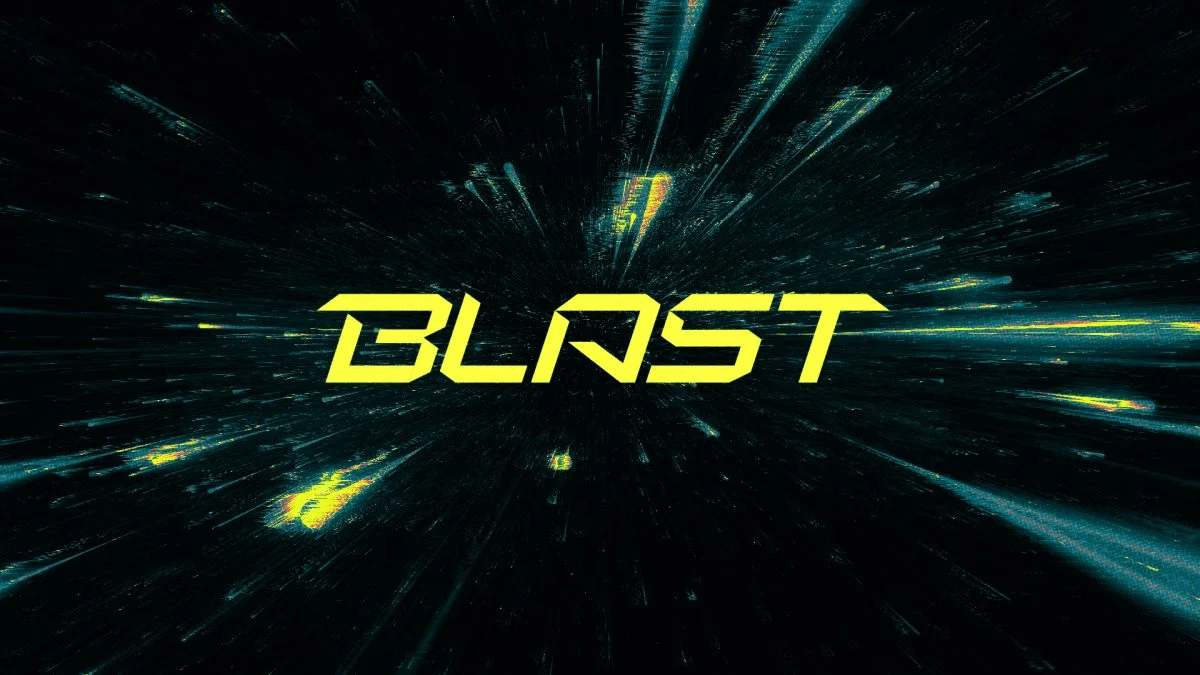Discover how Monad’s public testnet is showcasing fast finality, EVM compatibility, and NFT potential—paving the way for its upcoming mainnet launch.

Monad Blockchain has launched its public testnet, providing a glimpse into its design and performance. If you follow blockchain news, you already know how important testnets can be: they let developers experiment with new features, identify potential issues, and gather feedback before a mainnet goes live.
In this article, you'll learn how Monad's testnet ties into the project's larger vision and how you can join. You'll also see how early adopters—such as NFT projects and a gaming platform called Fantasy Top—are testing Monad's capabilities.
What is Monad?
First, let's clarify what it means to be a Layer 1 network. Many newer protocols exist as Layer 2s, which build on top of established blockchains. In contrast, Monad Blockchain handles transactions, blocks, and state data at its own foundational level. This freedom allows the developers to customize consensus algorithms, data storage solutions, and throughput strategies.
Monad Blockchain uses optimistic parallel execution and deferred execution to process up to 10,000 transactions per second. This approach helps maintain low fees because demand doesn't necessarily clog the system.
Blocks finalize in about one second, meaning confirmations happen quickly (practically a blink compared to some older networks). Of course, real-world usage will prove how effectively Monad scales under genuine load, but the design points to a better balance between speed and cost.
MonadBFT: A Custom Consensus
Even the fastest chain needs strong security. MonadBFT (the platform's Byzantine Fault Tolerant consensus) underpins how new blocks are verified. BFT mechanisms are designed to handle malicious or failed nodes without grinding the network to a halt. This can reassure you that even if certain validators act out of line, the system remains functional. Nonetheless, any fresh consensus model faces the challenge of building trust.
Networks like Ethereum have years of real-world testing, whereas MonadBFT is newer. Validators, users, and developers will likely watch carefully to ensure the chain remains secure under significant pressure—particularly when more valuable assets migrate to Monad Blockchain.
Testnet Launch: A Look at Early Activity
Next, let's talk about Monad Blockchain's public testnet, which is now live. Testnets let projects experiment without risking real capital, and Monad's faucet reportedly processed 334 million RPC requests, distributing tokens to 8.8 million Ethereum addresses within about 30 minutes. Those numbers signal intense activity, though testnet statistics (as you might know) don't always translate perfectly to mainnet adoption.
Still, the performance gave developers a chance to see how the system might behave with heightened traffic. If you're considering deploying your project, the testnet offers a glimpse of Monad's user experience, letting you gauge transaction speeds and fees before the full mainnet release planned for Q1 2025.

NFT Scene on Monad Blockchain
Moving forward, let's look at the NFT landscape that's emerging around Monad Blockchain. Because it maintains EVM compatibility, any Ethereum-based NFT contract can potentially migrate over. Here are a few notable projects:
Lil Chogstars
A whimsical PFP collection, aiming to show how easily large-scale minting can occur on Monad.
Monadverse
An art-driven series that engages collectors through quick minting processes and community events.
Monadians
An example of creative collectibles migrating from Ethereum to Monad with minimal friction.
Spiky Nads
Emphasizing lower minting fees and demonstrating how parallel execution can handle bursts of transactions.
Fantasy Top: An Early Game Case Study
Then there's Fantasy Top, an NFT-based game that replaces real athletes with crypto influencers. Originally on the Blast network, Fantasy Top decided to bring a free-to-play version to Monad's testnet. If quick, low-cost transactions are indeed the reality, that should enhance gameplay, reduce user onboarding friction, and potentially widen the game's audience.
By competing for XP, tickets, or testnet tokens (called fMON), you can see firsthand how the chain handles real-time interactions. This early gaming experiment might hint at what's possible for other high-frequency use cases, such as decentralized finance (DeFi) trading platforms or social dApps that rely on rapid transactions.
Testnet Onboarding: A Quick Guide to Getting Started
Set Up Your Wallet
Automatic: Wallets like Phantom, OKX Wallet, Uniswap Wallet, and Backpack auto-add Monad's Testnet when you visit the official testnet page.
Manual: For other EVM-compatible wallets, follow the testnet page's steps to add the network yourself.
Obtain Testnet Tokens
Faucet: Connect your wallet, then request MON tokens.
Distribution:
5 MON for Monad community members with a "Full Access" role.
2 MON for Ethereum addresses holding at least 0.01 ETH and making an outgoing transaction.
0.05 MON for general users.
Tokens can be claimed every 12 hours, with Discord verification needed for the "Full Access" role.
Explore the Testnet
dApps: Try Uniswap or Dialect's Blinks directly on the testnet page.
Fantasy Top: Buy card packs and join weekly tournaments for rewards.
Featured Apps: Check back regularly for new experiences.
Avoid unverified links to minimize risk.

Conclusion
Finally, let's circle back to the main point: Monad Blockchain aims to offer a fast, cost-effective alternative to legacy networks while keeping EVM compatibility. As a Layer 1, it promises more direct control over core protocols. As a new entrant, it faces the challenge of proving itself in a competitive field.
Now, only time will tell if Monad sustains high throughput, fosters a thriving community, and continues to support NFT projects and games like Fantasy Top at scale. Keep your eyes on this evolving ecosystem—if speed, low fees, and familiarity are what you're after, Monad could be worth a closer look.







